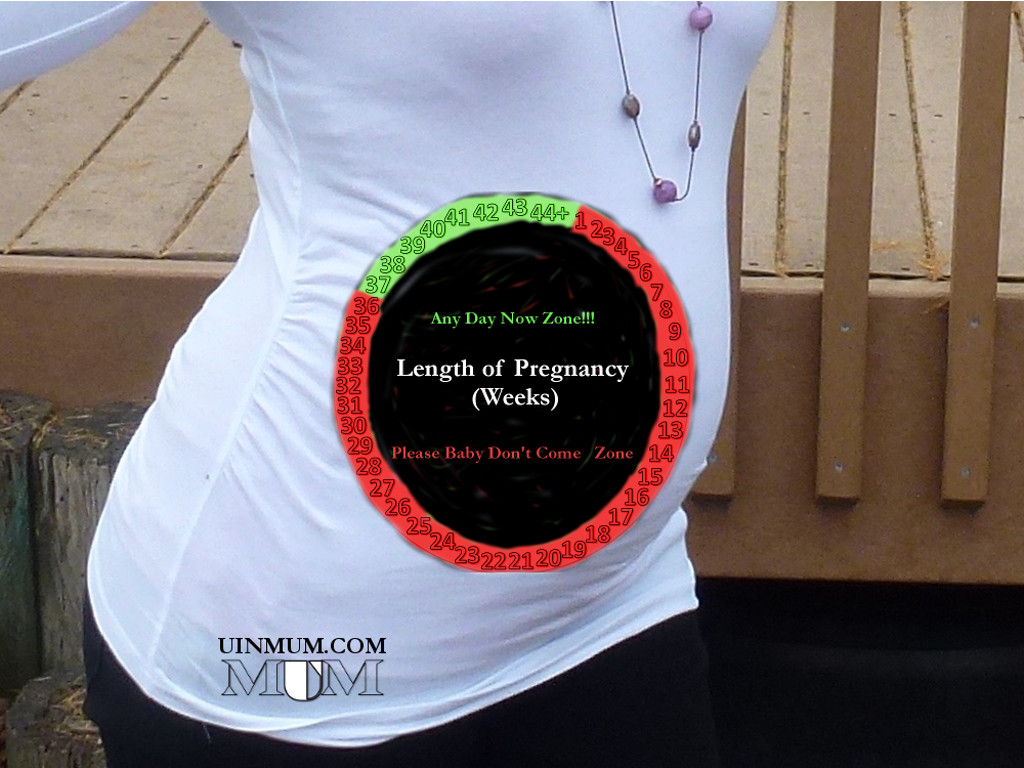We all know how long a baby bakes in the womb, right? Right!
Setting: The Real-World Classroom (consisting of mixed gender young adults)
Begin scene
Teacher: Today we are going to talk about the recommended/optimal gestational age for humans, also known as the length of time a baby develops in the mother’s womb before being born.
Let’s have a little pop quiz to see where everyone is with his or her knowledge level before we dive too deep into the topic.
You don’t need to write anything down. Just say your answer out loud. Got it?
Class: [Everyone nods their head in agreement]
Teacher: Ok. Let’s begin. First question, how long is a woman pregnant before giving birth?
Class: [In unison] 9 months.
Teacher: Is that your final answer?
Class: Yes. Yes. YES!
Teacher: Ok then, everyone is…wrong, Wrong, WRONG!
That last WRONG was for the student that yelled their answer to me.
The correct answer is 10 months, plus or minus a few days or weeks.
Class: [gets a little noisy]. Some are mumbling, some are whispering to each other, some are gasping for air, some have their hands on their head or over their chest in a state of shock
Student A: Exclaims, I Don’t Believe It!
Teacher: Why not?
Student A: Because all my life, that’s what I’ve heard people say, I mean, it is common knowledge. Even a child knows that!
Teacher: Ok. I understand your utter shock and just total confusion. Those were my sentiments exactly when I found out. That’s why I wanted to see what everyone was thinking before we got started. Now that we all know where we stand, let me explain to you in a little more detail. Shall we begin?
Class: Yes. [Subtle whispers, I wanna hear this, Please Do! Start from the top]. How? When? Whyyyy?
End of scene
In case you were wondering, I totally made up the scenario…LOL (Laugh Out Loud).
Alright my lovely people, let’s ease into this topic.
When a woman finds out she is pregnant and goes to the doctor. There are two ways that the gestational age is calculated in order to determine the estimated due date (EDD) of the baby. The first method is based on the FIRST Day of a woman’s Last Menstrual Period (LMP). The second method is based on the first ultrasound image of the developing baby, usually used to confirm the date estimated using a woman’s last menstrual period. Either way it goes, the end result is 10 months or a total of 280 days. That is 6,720 hours or a whopping 403, 200 minutes that a woman is expected to carry a child. I don’t know about you but I think that’s a loooonnnnnnnggggggg time. Time being the operative word.
So, how did we arrive at this calculation? Well, I’m glad you asked.
In the 1800s, A German Obstetrician, Franz Karl Naegele, came up with the formula that is now known as Naegele’s rule in his publication Lehrbuch der Geburtshilfe that can be read here in its original form for all those that can read German. Enjoy!
As translated by Google Translate, Lehrbuch der Geburtshilfe means Textbooks of Obstetrics. Naegele’s rule (counting 280 days from the start of the mother’s LMP) standardized the process of determining a baby’s due date for obstetricians and midwives everywhere.
Since then, this formula has been used with the additional caution that babies come when they want. Also that multiple pregnancies (i.e. twins) may most likely deviate from the rule.
It is also important to note that to date, obstetricians in the United States, and most other countries consider babies to be “full-term” once they reach the gestational age of 37 weeks which means that they typically give the green light for babies to come free of concerns.
I can hear some of you saying technically speaking, 37 weeks is 9 months and 1 week, you might as well call that 9 months.
But, hold on first before you get too excited, there’s more.
Truth is, it is actually a rare occurrence for babies to arrive on their due dates. Most babies are born any day in the birth window of +/- 3 weeks from their EDD without any medical intervention and are perfectly healthy. Now this is what I called the “any day now zone.”
“Any Day Now,” the response I gave people after 37 weeks of pregnancy;
Anywho, back to the subject matter at hand.
Since 37 weeks is considered full-term, that also means that babies born at 36 weeks and 6 days would be considered “pre-term.” Every baby born after 40 weeks is considered “late” (40 + 2 weeks) or “post-term” (42+ weeks). The post-term window is the real danger zone. It’s when doctors typically start pushing for induction of labor due to potential medical risks such as a stillbirth of the baby.
So, as you can see, the due date is definitely not a firm date but more of a due window.
And,
The safe zone for babies to be born BEGINS BEFORE THE FULL 40 WEEKS, yet and still, the answer 9 months was/is wrong because you cannot just omit the additional week and call it square.
NOPE!
Alot happens in just 1 day in a developing baby. For instance, a day for a developing baby can literally mean the baby having workings lungs versus the baby not being able to breathe on their own.
This much is true, it is best for the baby to develop as long as possible in the womb as far as there are no medical risks to mummy or baby.
But i’m here to tell you, with my last pregnancy, once that due that hit, I definitely looked at it as an eviction notice for the tiny human…lol. I WAS READY!!!!
SO,
Has there been any changes to Naegele’s rule since the 1800s?
The long and short answer is No. In 2016, the way that Naegele’s publication had been interpreted for years leading up to that was discussed in a short communications published in Sexual & Reproductive Healthcare. Overall, the conclusion was that yes, the formula had been used correctly all along and should continue to be used.
Moral of the story is, not much has changed on this front since the 1800s and we are now in the 2000s. Guess the medical world also follows the proverbial saying, “if it ain’t broke, don’t fix it.”
So,
Why the variation in the arrival of babies? The answer is…Who Knows?
The jury is still out on that. However, for an interesting anthropological perspective, check out this research article. For a more easily digestible summary of the article, click here.
And, with that being said…. “Th-th-th-that’s all folks! (in my Porky Pig voice).
Feel free to share in the comments your actual reaction when you discovered that due dates are actually forecasting 10 MONTHS OF PREGNANCY. Catch you on the next post of the What They Forgot To Tell You About Pregnancy Series.

- Pressing on Through Challenges - April 30, 2022
- Life Is… - March 22, 2022
- Check-in Time: Are You Feeling Supported? - February 1, 2022






[…] Thanks to Naegele’s rule, your doctor takes the first day of your last period and adds 279 days to get the baby’s due date. That’s a total of 280 days (40 weeks), as in 6,720 hours or a whopping 403, 200 minutes that you are expected to carry a child but who’s counting…LOL (laugh out loud). […]
[…] Seriously, biologically speaking, it takes an egg from a woman and sperm from a man and the two must meet. When this happens, the egg is fertilized, and must then find its way and attach to the uterus also known as a woman’s womb. After this point, Abracadabra, magic happens that is beyond the scope of this article but may be discussed at some point in a later post. Overall, if all goes well with the magical process, it results in a successful pregnancy and the countdown to baby begins. […]